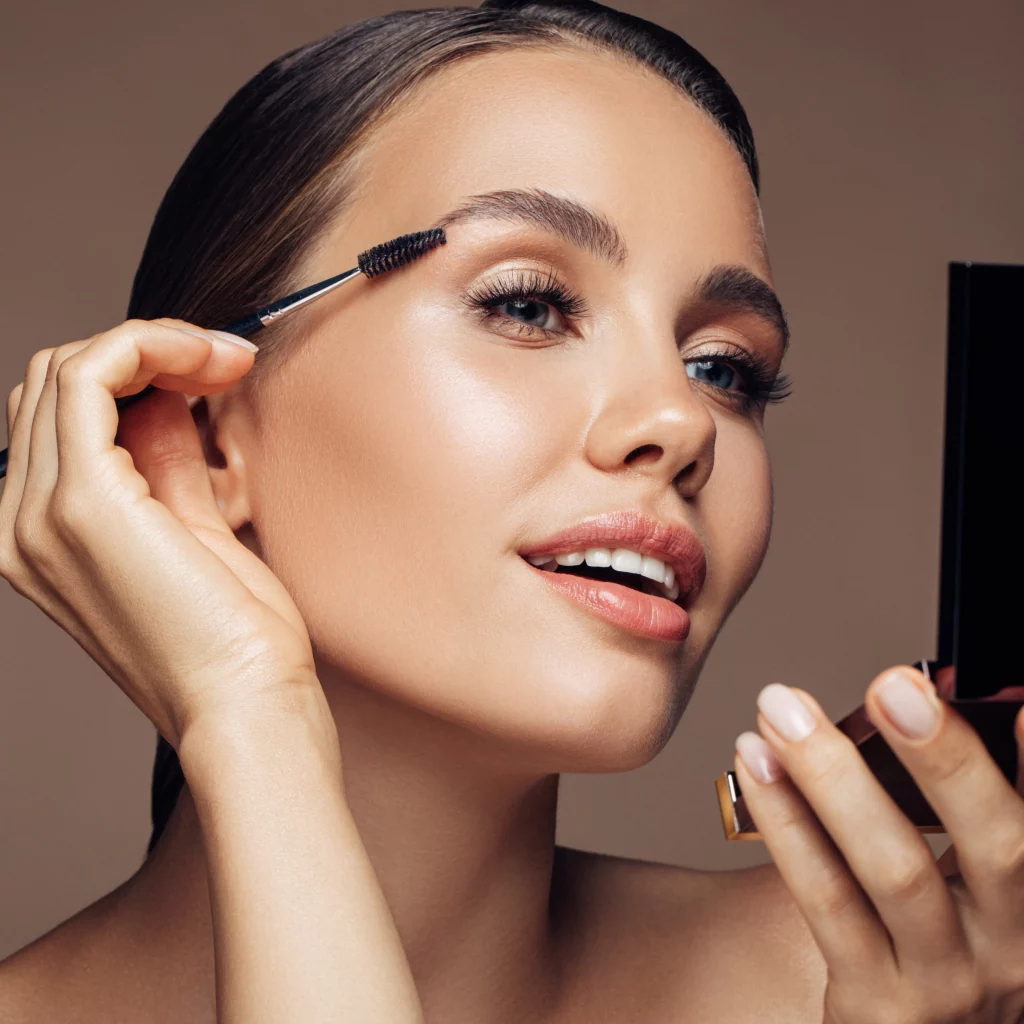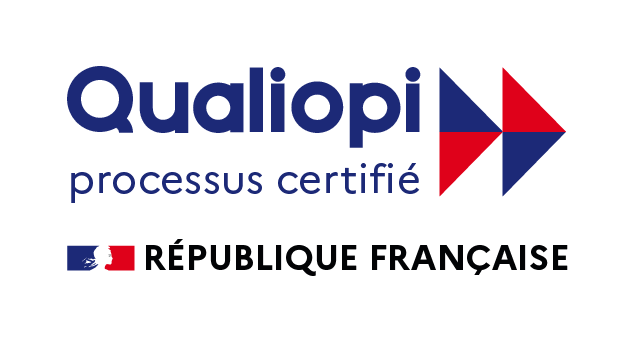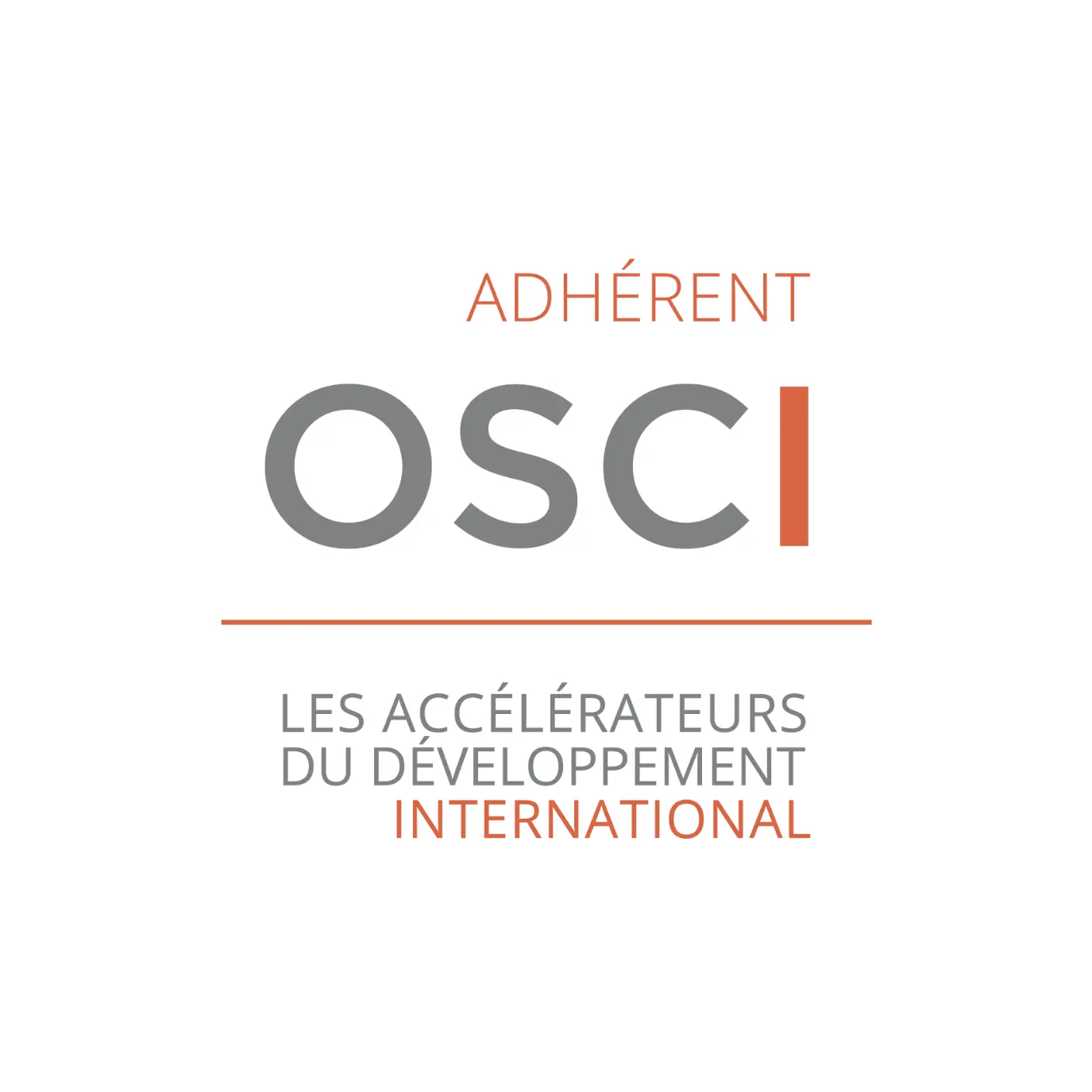AI Transforming The Cosmetics Industry
WHAT IS NEXT
Chapter 3
REGULATORY COMPLIANCE
The European Union has created the European AI office within the European Commission following the adoption of the European AI act. Although we haven’t yet arrived to the stage where every industry will be fine-combed to check for compliance in the European Union, it is important for the beauty industry to follow how this framework will attempt to shape and classify the uses of AI in their GenAI4EU approach and how their alliance with AI might be affected or empowered. Outside the European Union, countries are taking similar steps to attempt the same, to attempt to structure the application of AI in different industries. Although not as specific per industry as Europe’s, the US’ Office of Science and Technology Office opted for the adoption of a Blueprint for an AI Bill of Rights, the OECD created an intergovernmental AI Observatory to provide member states tools to classify AI systems and deduct regulations. Colombia, for example, has created an AI taskforce within the government to come up with propositions of policy regarding AI, such as the ethical implications and the framework of use. Another example is the National Technical Committee 260 on Cybersecurity and Standardization Administration of China, that has been put in charge of developing policies regarding the implementation and limits of AI, specifically of the way these systems are trained.
I have just given a few examples on how the developing of regulations is being approached by different governmental entities around the world. There is no standard, no global effort to build these from a political point of view. This gives all industries a chance to either anticipate the compliance that will be demanded in a few years’ time, to challenge their own needs and uses of AI and put them against a framework that will consolidate the use of AI long-term, or to simply not think about regulatory compliance so long as it hasn’t been officially instated. In any case, for all industries, this is an opportunity to get ahead: regulatory efforts are being implemented post facto, generative AI and predictive AI are being largely applied.
While logistics play an enormous role in the cosmetics industry, the relevance of the product is just as important. To get the cogs (Cost of Good?) of the machine turning, errors must be minimal, to integrate the market in a successful way or just to stay relevant and up to date, the product formulation is paramount.
However, AI is an unprecedented human advancement, as well as one that is impossible to fully reign in. For some it is a threat, for some an opportunity, but both sides know that AI is here to stay. Non-governmental private researchers are already thinking like policy makers to anticipate the evolution of AI, forecasting possible misuses of AI, providing tools to learn AI use safety, are just some examples of what is being done.
In every industry’s fast-paced evolution of AI, companies face a constant challenge: new technologies often race ahead of regulations and consumer safeguards, forcing businesses to make critical judgments about risk. These must be a priority for R&D to measure opportunities and threats. As for the beauty industry, the opportunities are abundant to get ahead of the curb marrying governmental regulations & private researcher’s insights in what will be relevant and irrelevant to future-proof their AI advancements.
WEB 3 & AI
The decentralization and iteration of an alternative to the world wide web has been gaining traction these past few years with blockchain technology and what has been called Web3. Other ideas have been born out of this decentralization such as the Metaverse.
By decentralizing data, many opportunities have arisen for beauty companies in terms of transparency, collaboration, authenticity, and adaptability among others.
For example, using Web 3 and blockchain technology, in terms of transparency, brands like Aveda (from Estée Lauder) use blockchain to trace and verify the vanilla sourced from Madagascar supply chain’s compliance with ethical and environmental standards. In terms of collaboration, this decentralization gave NYX the idea of creating the first DAO[1] for the beauty world, composed of Web 3 designers, 3d artists and product manufacturers to explore the digital opportunities on Web 3. Authenticity in luxury beauty items is paramount and LVMH, Prada Group and Cartier understood this. The Aura Blockchain Consortium was created by this triad; it provides direct access to the history of the product purchased and proof of its authenticity at every step of the value chain.
Since it is still in its inception, Web3 poses great opportunities for AI, more specifically for decentralized AI. Decentralized AI (DAI) is an emerging field with the potential to address some of the key challenges surrounding traditional, centralized AI models:
Enhanced Privacy
In centralized AI, user data is often collected and stored by a single entity. This raises privacy concerns, as data breaches or misuse by the central authority can be risky. DAI allows users to train models on their own devices, keeping their data under their control.
Improved Security
Centralized systems are vulnerable to hacking attacks that could compromise the entire AI model. DAI distributes the model across a network making it more resilient to such attacks.
Reduced Reliance on Centralized Entities
Large corporations and governments often control access to powerful AI models. DAI democratizes AI by allowing anyone to participate in training and utilizing models, reducing reliance on these centralized entities.
Transparency
Decentralized models can be designed to be more transparent, allowing users to understand how the AI arrives at its decisions. This is crucial for building trust in AI systems.
Increased Efficiency
Distributing computing power across a network can potentially lead to faster training times and more efficient resource utilization.
For the beauty industry this could also mean decentralized AI powered marketplaces, supply chain, decision making mainstreaming with data analysis in real time.
It’s important to note that DAI is still under development, and there are challenges to address, such as ensuring the accuracy and consistency of models trained in a distributed manner. However, it is worth exploring these opportunities as they arise.









